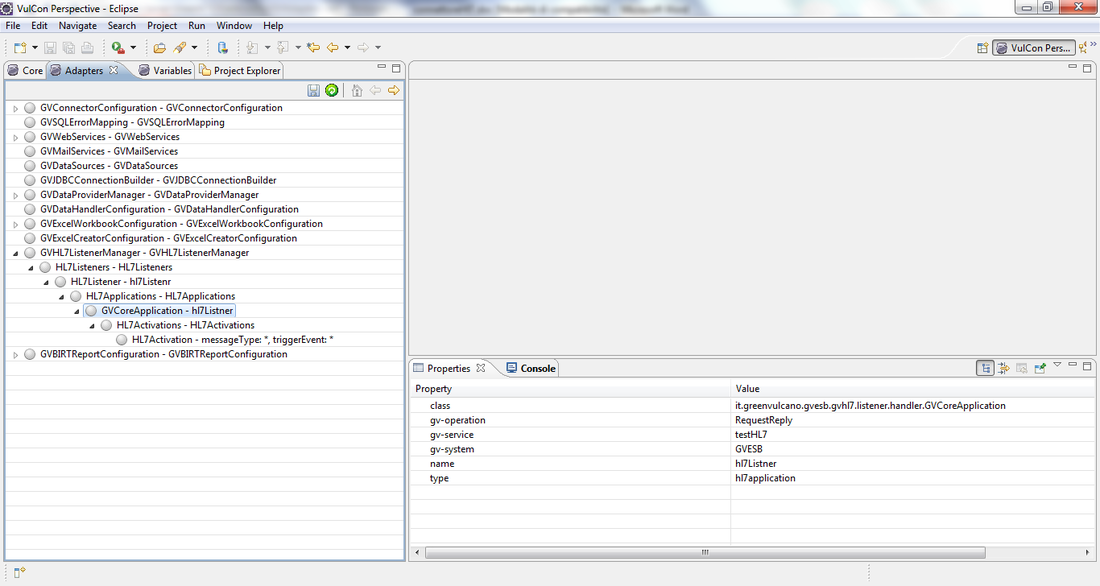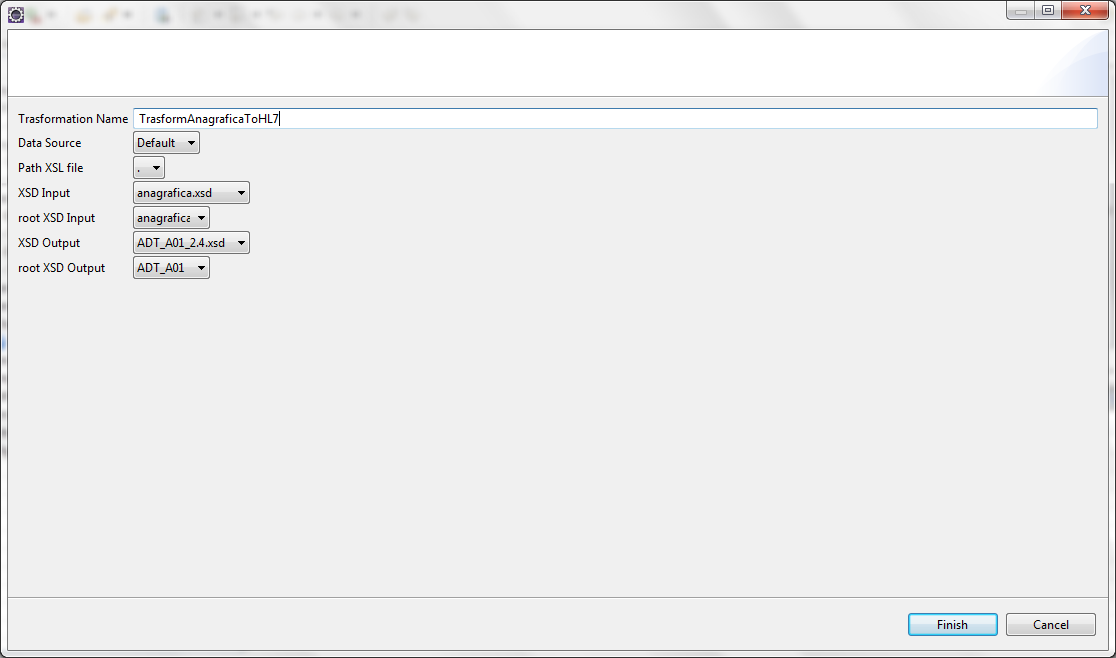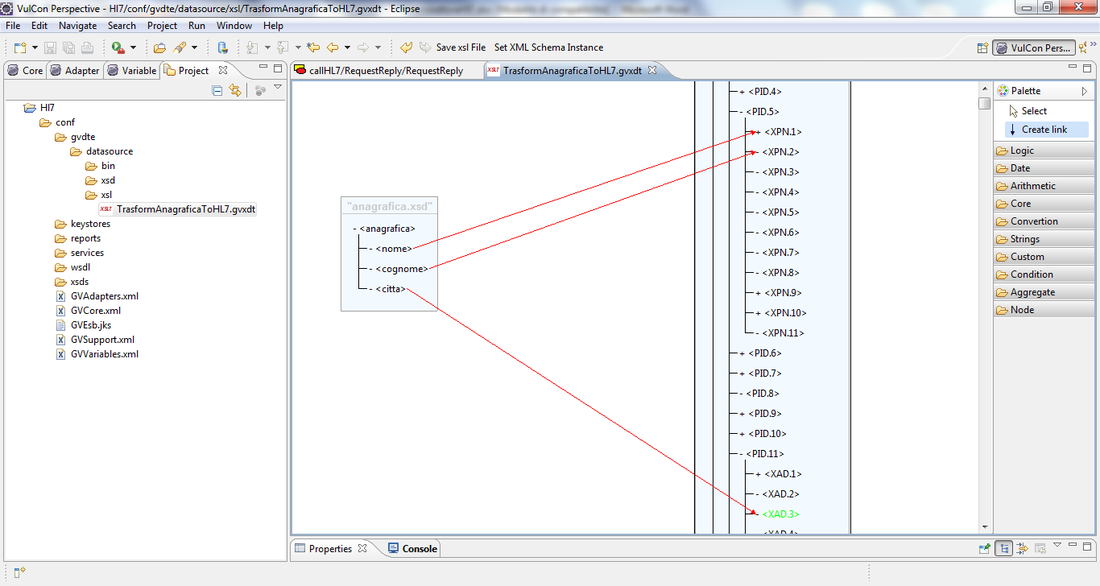HL7
Contents
Overview
HL7 is a standard for the exchange, integration, sharing and retrieval of electronic health information. The standard defines how information is packaged and communicated from one party to another, setting the language, structure and data types required for seamless integration between systems. HL7 standards support clinical practice and the management, delivery, and evaluation of health services, and are recognized as the most commonly used in the world.
- Created to exchange information related to patiens
- Standardizes the health system at clinical data exchange level
- Provides interfaces that allow the data flow through various systems
- Makes the health interoperability possible
Message structure
A HL7 message is composed by segments placed in a specific order. Each message is made up of a certain number of different segments (some are optional) that, combined, form a determined message type. A specific segment, identified by a code and a sequence number, represents a logic group of data fields and can be used only once within a specific message.
HL7 Connector
The GreenVulcano® ESB HL7 connector enables the inbound and outbound connections using the HL7 protocol in its version 2.x. The use of the connector joint with the peculiarities of the GreenVulcano® ESB Virtual Layer allows the management of HL7 applications in a simple and efficient way, separating the logic of the process implementation from the specific management of the messages and their structure, independently from the HL7 standard used. Basically the connector allows the virtualization of the input/output operations to a HL7 application, making available to the service definition process the interfaces able to hide all the technical details related to HL7 standard. It is possibile to define the message exchange mode transforming with a mapping operation the HL7 messages in XML messages, using any schema. The composition of the integration flow will comprise a data structure close to the business model that user is adopting or anyway a user defined data structure.
The Inbound Connector allows the HL7 message creation (in the version 2.x) to be sent to one or more destinations; the Outbound Connector allows to chose what message type to accept and route. Multiple destinations can be chosen automatically basing on the HL7 filters specifications.
GreenVulcano® ESB Data transformation feature allows fast creation of data transformation and mapping of the HL7 messages. The data mapping is made through simple "Drag and Drop" operations.
Connettore Hl7 Outbound
Il connettore Hl7 outbound permette di definire una chiamata ad un sistema Hl7 definendo i parametri di connessione e utilizzando poi l’operazione definita all’interno di un flusso di integrazione definito su GreenVulcano ESB attraverso Vulcon (Guida introduttiva a Vulcon). I passi da eseguire per la definizione di un canale Hl7 sono i seguenti:
Creazione di un sistema e di un canale Hl7 con la definizone di un operazione hl7-call
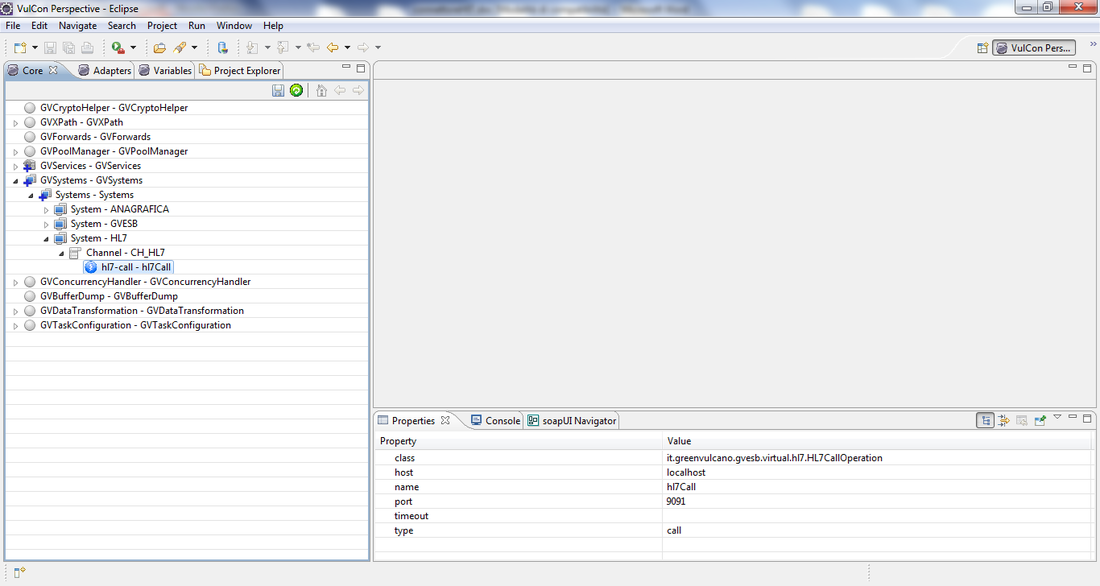
- host: nome host o indirizzo IP dove l’applicazione Hl7 e in ascolto di messaggi
- name: nome dell’operazione del Virtual Layer
- port: porta IP dove l’applicazione Hl7 e in ascolto di messaggi
- timeout: timeout del canale Hl7
Definizione del un servizio per l’invocazione del canale Hl7 definito:
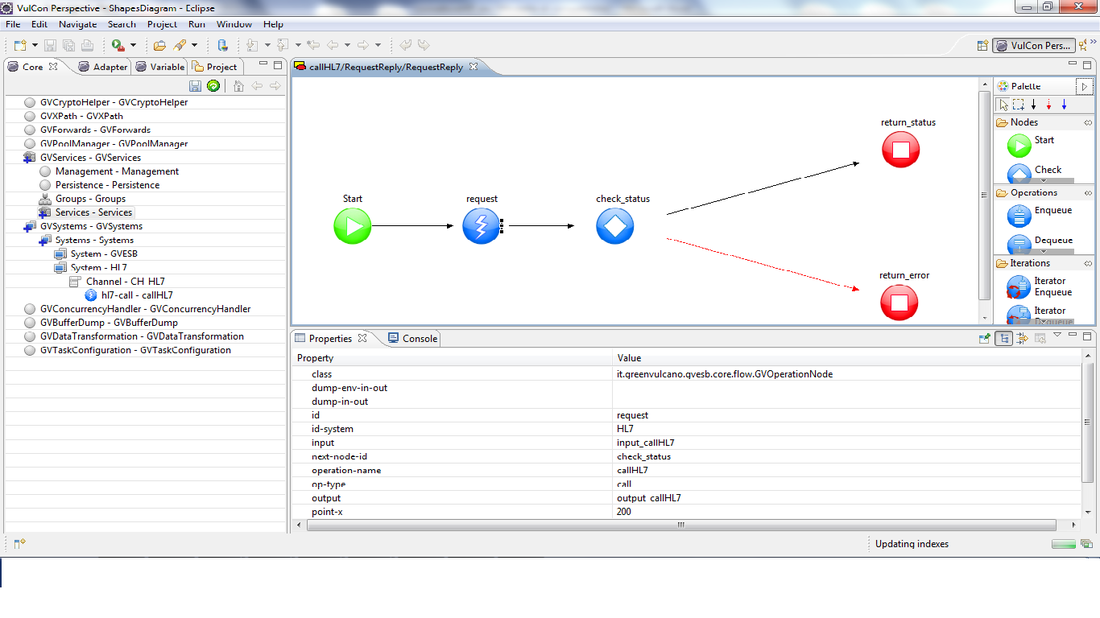
Il servizio così definito può essere richiamato utilizzando una qualsiasi modalità prevista da GreenVulcano ESB: web-services, http, tcp-ip etc. Il connettore Hl7 gestisce i messaggi Hl7 trasformandoli in messaggi xml. Per il mapping da un generico messaggio ad un messaggio Hl7 è possibile definire una mappa di trasformazione attraverso il Data Transformation di Vulcon. Per la creazione della mappa accedere alla configurazione della mappa avendo preventivamente definito gli schemi xsd che definiscono il formato del messaggio di input (preveniente da qualsiasi sorgente dati) e il formato HL7 di output:
Connettore Hl7 Inbound
Il connettore Hl7 oubound permette di definire un listner in ascolto di un messaggio Hl7 associando la ricesione del messaggio ad un servizio definito sulla piattaforma GreenVulcano ESB. Quindi la ricezione del messaggio HL7 può essere inoltrata ad uno o più sistemi che secondo tutti i protocolli utilizzabili da GreenVulcano ESB: Web-services, JDBC, email, ftp etc. Ad un messaggio ricevuto deve corrispondere un messaggio di risposta per accettazione o rifiuto della transazione. Il connettore permette di cerare un messaggio di risposta senza nessun sforzo applicativo, in quanto mappa automaticamnete l'esito del flusso di integrazione con il messaggio di ACK da inviare all'applicazione chiamante
I passi da eseguire per la definizione di un canale Hl7 sono i seguenti:
Definizione del filtro da applicare ai messaggi HL7 ricevuti:
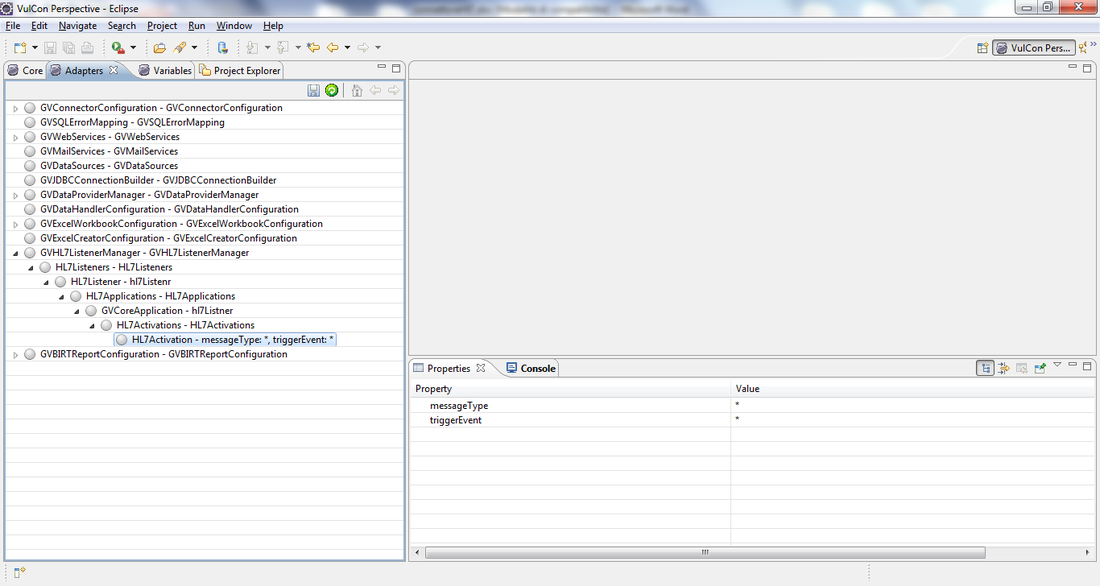
Associazione messaggio Hl7 con il servizio definito su GreenVulcano ESB:
